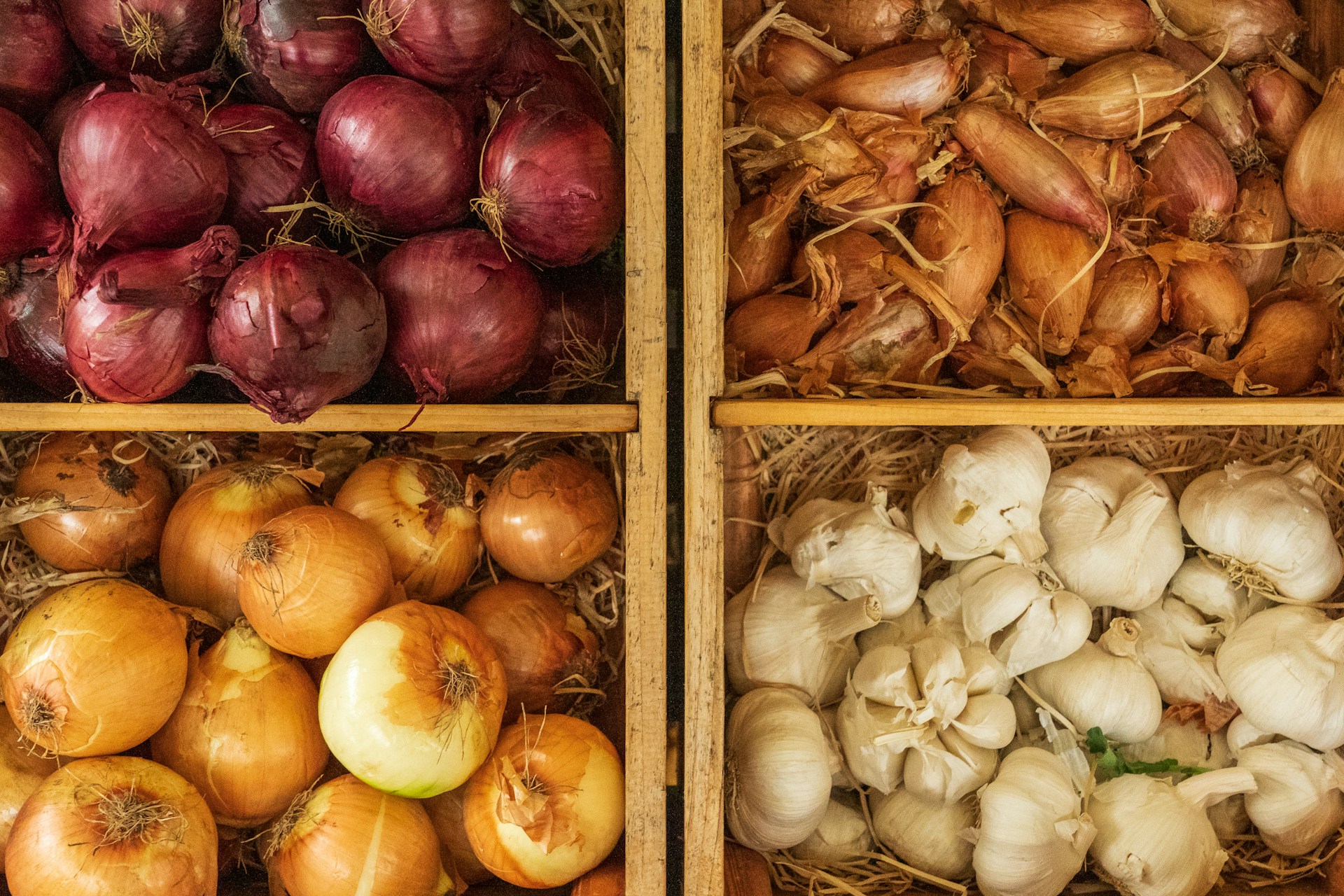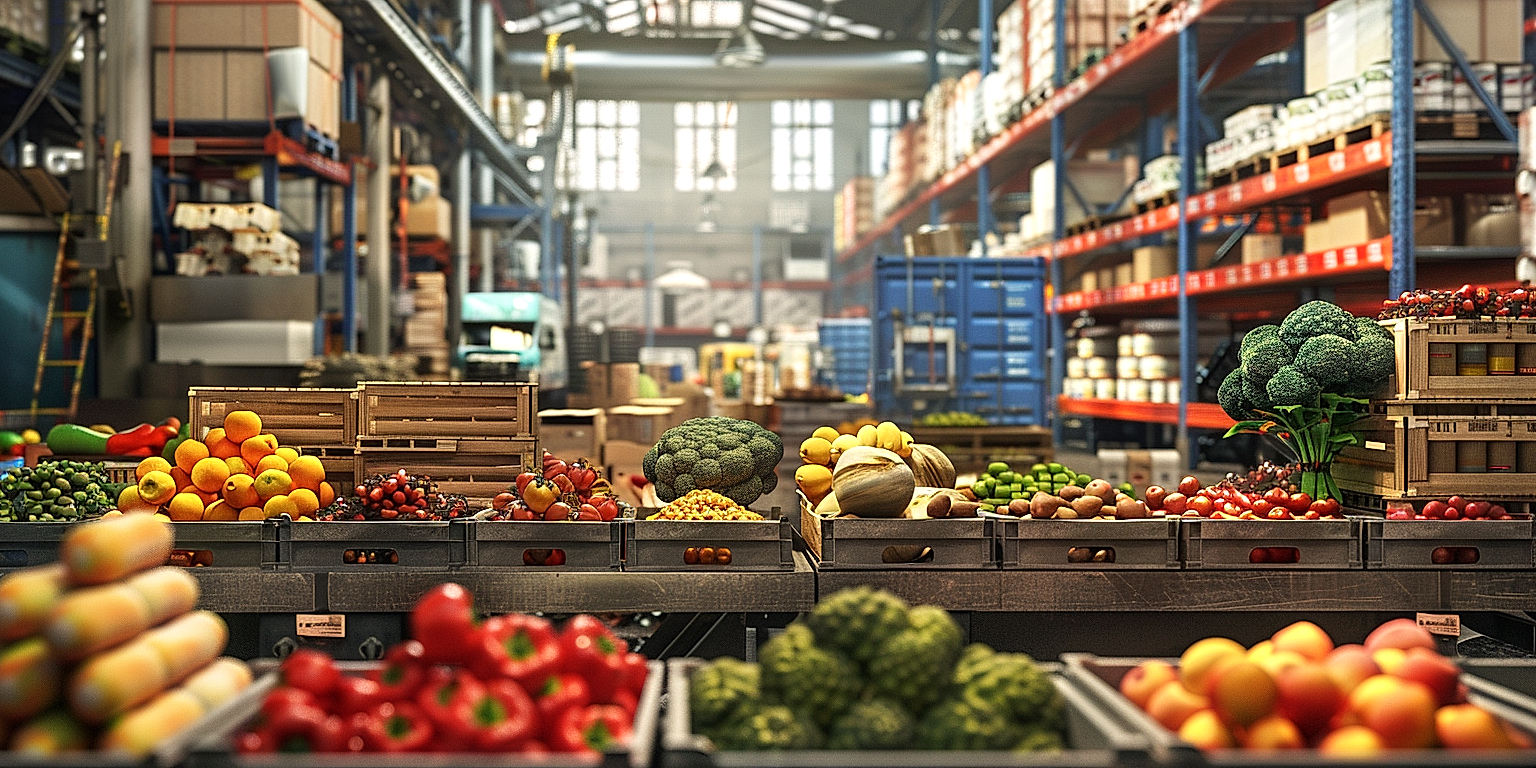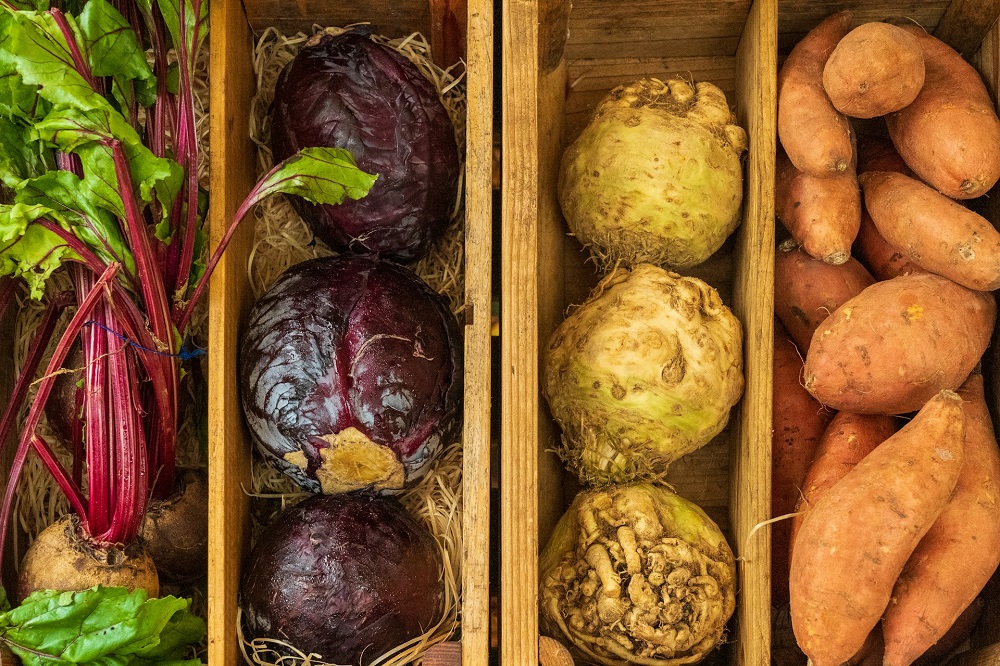Efficient distribution systems are fundamental to the success of every business dealing with perishable goods such as produce.
In a world where consumers demand fresh fruits and vegetables year-round, operational efficiency becomes criritical.
More than ever, businesses need strategies to manage produce with speed and precision.
Without the right approach, revenues could be lost through wastage and reduced shelf-life.
The following discusses strategies to optimize produce distribution, leading to better revenues and customer satisfaction.
Each strategy has been battle-tested and provides invaluable insight into boosting the overall efficacy of your distribution model.
Keys To Boosting Efficiency In Produce Distribution
1. Implement Automated Inventory Management Systems
In today’s technologically driven world, implementing automated inventory management systems is a key component in boosting efficiency in produce distribution.
Automated systems can dramatically reduce the amount of time and labor required to manage and control stock levels accurately.
With this approach, you can have real-time updates on what’s in stock and what needs reordering, preventing any potential stock-outs or waste due to overstocking perishable produce.
The use of barcode scanners, RFID tags, and other technology aids in maintaining precise tracking of the inventory, from the moment produce arrives until it leaves the warehouse.
In addition to providing more accurate forecasting, these tools can also help in improvements in ordering and can lead to less overstocking and back-orders, enhancing customer satisfaction.
Automation is now transforming the agriculture industry and its supply chain, ushering in a new era of efficiency and accuracy.
The adoption of artificial intelligence (AI) and machine learning in automated inventory systems is a step forward, leading to errorless inventory predictions and demand forecasting.
These intelligent systems can analyze patterns from past data sets to predict future demand with greater accuracy, making the process smoother and waste minimization easier to achieve.
Integrating the automated system with sales helps create a holistic picture of the business, giving full visibility on all fronts.
This not only aids in better forecasting, but also in more accurate accounting and budgeting, thus increasing productivity and profitability.
However, implementing an automated inventory management system is not just about software—it’s about integrating technology into your daily operations in a way that is both sustainable and beneficial.
Workflow patterns, pick-pack operations, and product location should be taken into consideration while designing the systems to achieve a seamless workflow.
For smaller businesses that might find initial setup costs a hurdle, there are affordable, cloud-based inventory management solutions that are flexible and can be scaled as the business grows.
Training the staff to use these systems becomes imperative, not only to maximize the technology’s potential, but also to avoid mistakes caused by poor knowledge of the systems.
The key is to choose an automated inventory management system that best suits the needs of your business; the type of produce you handle, the size of your company, and your budget all need to be taken into account.
Remember, the ultimate aim is to have a seamless, quick, and efficient distribution process that adds value to your business while also satisfying your customers.
2. Maintain optimal temperature control for produce
For produce distribution, maintaining optimal temperature control is a crucial factor that significantly impacts the quality, safety, and shelf life of the products.
Produce items like fruits and vegetables are living organisms even after harvesting, hence their metabolism continues. Temperature control is essential to slow down this process and keep them fresh for a longer duration.
The right temperature ensures slowing down the metabolic and ripening process, maintaining the taste, texture, color, and nutritional value of the produce.
Each batch of produce has a specific ‘best’ temperature range which, when maintained, maximizes its lifespan and maintains its quality.
Apart from slowing down the metabolism, optimal temperature control also minimizes the growth of pathogens that contribute to foodborne illnesses, ensuring safer produce.
Digital and automated temperature control systems are the best bet in today’s times to ensure a consistent and optimal temperature is maintained throughout the supply chain.
These systems can provide real-time data and get easily integrated into your supply chain logistics, allowing more efficient temperature management and less human intervention.
Dispatch alert systems are another feature of such temperature control systems which send a notification in case of any unwanted temperature fluctuation during the distribution process.
This allows swift action and minimizes the possibility of any produce getting spoiled due to suboptimal temperature levels.
In cases of long-distance transits, special types of trucks and containers are used that have built-in temperature-controlled systems to keep the produce in an optimum environment during transportation.
Moreover, the storage locations should also have strict temperature control measures in place to avoid thermal shocks
Massive loss can occur if the produce is suddenly exposed to temperature deviations during transfers like from a cold truck to a non-refrigerated warehouse.
Thus, having the optimal temperature control, not just in transit, but from the point of harvesting till it reaches the end consumer is necessary to maintain the freshness and quality of the produce.
Even with the best systems in place, regular audits and maintenance of the temperature control systems are necessary to ensure they are performing at their optimum level.
It is also advisable to often revisit the temperature standards based on the most recent research and industry trends for different kinds of produce.
Continuous improvements and upgrades to temperature control mechanisms can lead to overall efficiency in the produce distribution process and can save a significant amount of resources in the long run.
3. Utilize Efficient Transportation and Logistics
The importance of efficient transportation and logistics in boosting efficiency in produce distribution cannot be overstated.
Primarily, the transportation system in use should be swift and should guarantee minimal losses.
Produce destined for the market requires careful handling and speedy delivery to ensure its freshness remains intact.
Efficient logistics and transportation systems form the backbone of any successful produce distribution.
To achieve this, distributors must carefully choose their transportation partners.
The choice should be influenced by factors such as the reliability of the transporters, their knowledge of produce handling, and their capability to deliver the produce within the desired time frame.
This is important because any delays in transportation may result in the deterioration of the produce’s quality.
Additionally, the chosen transportation system should be equipped with the necessary facilities to maintain the freshness of the produce during transit.
This could include refrigeration facilities for produce that requires cold temperatures and proper ventilation systems for other varieties.
On the logistics side of things, distributors should adopt technologies that help in tracking the movement of the produce from the farms to the market.
Such technologies not only make the process more transparent, but they also help in identifying and fixing any bottlenecks in the distribution process.
Distributors should also have a well-orchestrated logistics plan that ensures smooth coordination among all the actors involved in the distribution process.
This reduces the chances of mix-ups and delays, further enhancing the efficiency of the distribution process.
To summarize, efficient transportation and logistics involve careful selection of transportation partners, adoption of tracking technologies, and proper coordination among all actors involved in the process.
These three aspects, when combined, can significantly boost the efficiency of produce distribution.
4. Constant Quality Checks and Controls
Produce distribution has the inherent challenge of dealing with perishable commodities which require meticulous quality management.
Systems for constant quality checks and controls are intrinsic to efficiency in this sector.
These systems are not simply about monitoring the physical aspects, like ripeness, or looking for signs of damage in the produce.
They are also about ensuring compliance with food safety standards throughout the distribution chain.
More importantly, implementing regular checks and controls can prevent or minimize losses due to spoilage.
In doing so, businesses can ensure the freshness and safety of their produce from the farm to the consumer’s table.
Furthermore, such measures help in building the confidence of buyers, retailers and even end consumers in the brand.
Good quality control mechanisms not only protect brand integrity but also contribute to longer shelf-life for the produce.
Advance warning of potential issues can lead to quick, timely interventions and prevent any escalation of problems.
An added advantage of regular checks is the effective management of product recalls, if necessary.
The ability to handle a recall smoothly and efficiently is a critical factor in maintaining consumer trust.
Adopting a proactive quality control approach means implementing rigorous inspections at every stage of distribution.
Therefore, advanced technologies such as AI or Machine Learning-based software are increasingly being used to bolster these efforts.
These technologies can also provide the distributor with detailed analytics that can highlight potential areas of improvement in handling or transportation processes.
A balanced approach combining the human touch and modern technology promises to be the future of quality control in produce distribution.
Efficiency is not just about the quickest or the cheapest route – it’s also about ensuring that the produce that reaches the consumer is of the highest quality.
5. Streamline Warehouse and Packaging Processes
The warehousing and packaging industry is crucial in the food distribution value chain.
Maintaining efficiency here can significantly boost overall productivity and reduce costs, particularly for produce distribution.
Rapid advancement in technologies has led to the introduction of several tools and solutions that can automate and streamline various warehousing operations.
When it comes to streamlining packaging, a variety of factors need to be considered, including the type of packaging material, sizing, protection, sealing method, and branding.
Advanced barcoding and labelling techniques, as well as inventory management software, can be used for effective packaging and streamlining of warehouse processes.
Automation and digitization of warehouse and packaging operations can tangibly increase efficiency and can lead to significant cost savings in the long run.
The use of automated storage and retrieval systems (ASRS) can further enhance accuracy and speed in operations, thereby optimizing warehouse space.
Moreover, use of warehouse management software can offer valuable insights into stock levels, order status, picking accuracy, and other key performance indicators.
These software tools can track and predict demand patterns, thus enhancing inventory control and helping to avoid stockouts or excess inventory.
Package tracking allows distributors to monitor where their product is at any given moment, contributing to enhanced supply chain visibility.
Advancements in robotics and artificial intelligence are revolutionizing how goods are packed, sorted, and stored in warehouses, often with minimal human intervention.
Through automating and streamlining these processes, distributors of produce can increase their operational efficiency and reduce overheads, without compromising on the quality of their products.
The future of efficient produce distribution lies in ongoing innovations in warehouse automation and packaging technologies.
Investments in these technologies should be seen not as a luxury, but a necessary strategy for maintaining competitiveness in the ever-evolving produce distribution landscape.
Ultimately, streamlining warehouse and packaging processes is not just about improving the bottom line, but also about meeting changing consumer demands and playing a role in sustainable supply chain management.
The Bottom Line
Through the incorporation of these strategies, businesses can significantly increase the efficiency and sustainability of their food supply chains.
Automated inventory management, temperature control, advanced transportation and logistics, regular quality assessments, and streamlined warehouse and packaging processes essentially contribute to a reduction in waste, costs, and environmental impact while improving product integrity and customer satisfaction.
Unquestionably, these practices reflect the future of the food supply chain, underpinning a more resilient, sustainable, and efficient operational model.
Undoubtedly, it’s a complex yet rewarding challenge that offers significant benefits not just for individual businesses but for the industry as a whole and the planet at large.




